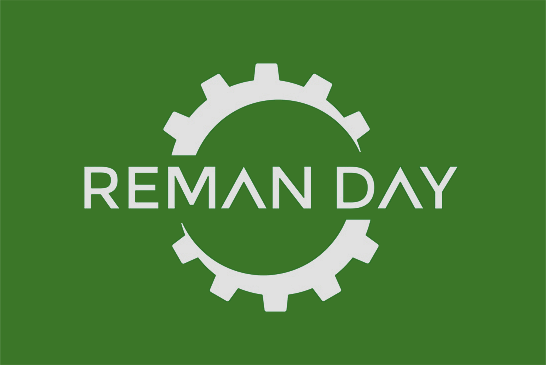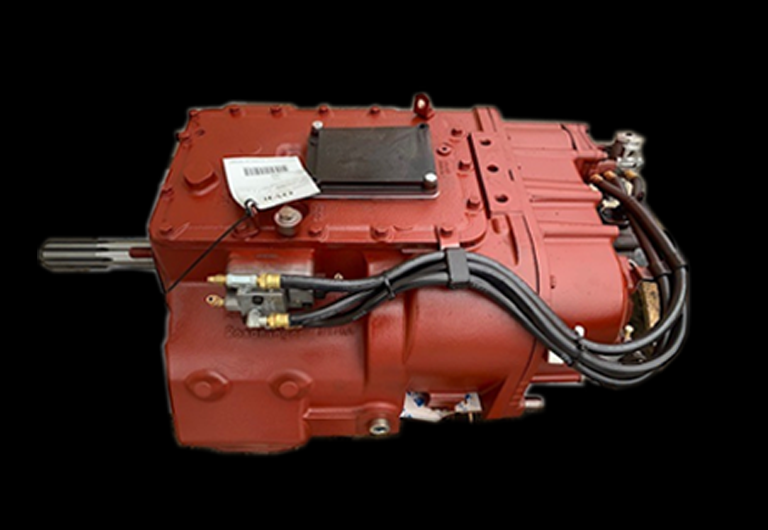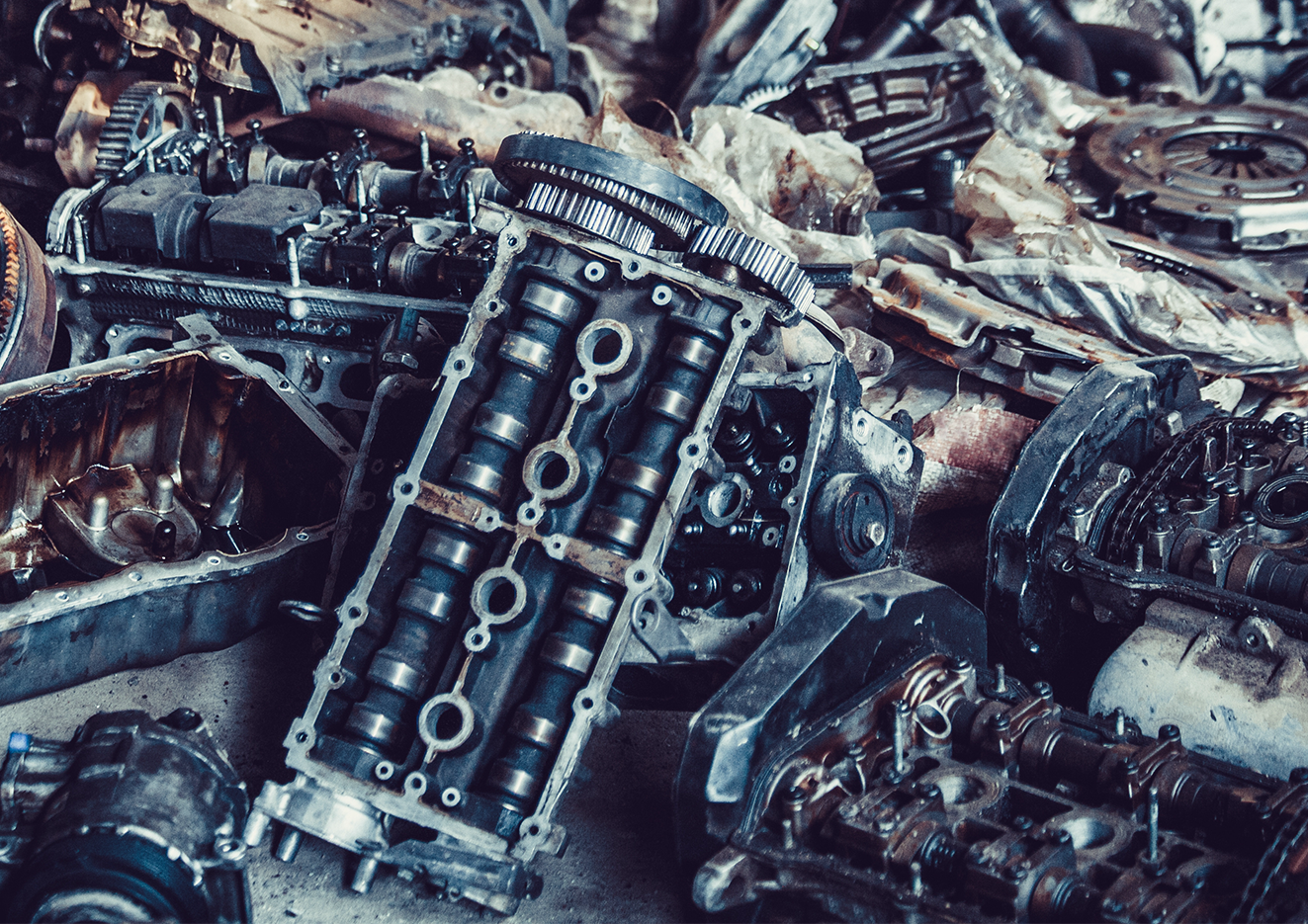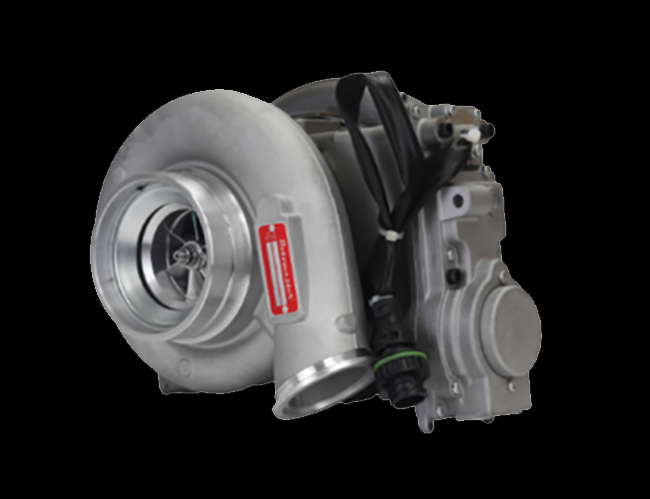How to Know When it's Time to Overhaul Your Diesel Engine
Here are some tips when considering a diesel engine overhaul.
Knowing when to overhaul your diesel engine is critical for avoiding major breakdowns and ensuring your truck remains reliable and efficient. Diesel engines are built for longevity, but even the best-maintained engines eventually require an overhaul. Here are some key signs and factors to consider when determining if it’s time for an overhaul:
1. Excessive Oil Consumption
- Frequent Oil Top-Offs: If you notice your engine is consuming more oil than normal and you’re frequently adding oil between services, this could indicate worn piston rings, cylinder liners, or valve guides. These components can wear over time, causing oil to enter the combustion chamber and burn off. You can measure the oil consumption by tracking how many miles per gallon of oil your engine is using.
- Oil leaks: Continuous oil leaks, even after fixing seals and gaskets, might also point to deeper internal engine problems, suggesting that it could benefit from an overhaul.
2. Decreased Power and Performance
- Loss of Power: If your truck is struggling to accelerate, maintain speed on inclines, or pull heavy loads, this is a clear sign that engine components may be worn or failing. Issues like worn pistons, failing injectors, or a weakened turbocharger can reduce engine power and may require an overhaul.
- Increased Throttle Response Lag: A noticeable delay in throttle response or engine hesitation is another indicator of worn components that may need replacing.
3. Increased Exhaust Smoke
- Excessive Black Smoke: This typically indicates that your engine is running too rich (too much fuel, not enough air), often due to faulty injectors, worn-out piston rings, or problems with the turbocharger. Black smoke suggests incomplete combustion, which can damage internal components over time.
- Blue or White Smoke: Blue smoke is a sign of burning oil, while white smoke may indicate coolant leaking into the combustion chamber, either due to head gasket failure or cracked components. Both situations require immediate attention and could signal the need for an overhaul.
4. Low Compression
- Hard Starting: An engine that struggles to start, particularly in cold weather, could be a sign of low compression, often caused by worn piston rings, valves, or cylinder walls. Low compression affects combustion efficiency and overall engine performance.
- Compression Test Results: Performing a compression test can help determine if your engine's compression is within the manufacturer’s specifications. If the readings are below standard, it’s likely time for an overhaul.
5. Knocking or Unusual Engine Noises
- Knocking or Tapping Sounds: Abnormal noises, such as knocking, tapping, or rattling, can indicate worn bearings, failing rods, or damaged pistons. This could mean internal wear on key components that require an overhaul to prevent a catastrophic failure.
- Loud engine noise: An increase in overall engine noise is another indicator that internal parts are worn and no longer functioning optimally.
6. Overheating Issues
- Frequent Overheating: If your engine is consistently running hot or overheating, even after servicing the cooling system (e.g., replacing the thermostat, radiator, or water pump), it could indicate deeper issues like worn cylinder liners or head gasket problems. Chronic overheating will eventually damage engine components and may cause premature failure.
- Cracked Head or Block: Overheating can also lead to serious damage like cracking the engine block or head, both of which require an overhaul or engine replacement.
7. Poor Fuel Economy
- Decreasing MPG: A sudden drop in fuel economy can indicate that your engine is no longer operating efficiently. Worn components can cause incomplete combustion, resulting in higher fuel consumption. If basic maintenance like air filter replacements or injector cleaning doesn’t restore fuel economy, it might be time for an overhaul.
8. Engine Blow-By
- Excessive Blow-By: Blow-by occurs when combustion gases leak past the piston rings into the crankcase. While a small amount of blow-by is normal, excessive blow-by, often visible as oil vapor or smoke escaping from the engine’s breather, indicates significant wear to the piston rings or cylinder walls.
- Pressure in the Crankcase: Increased crankcase pressure is another sign of excessive blow-by, signaling that internal components are worn and allowing gases to escape, which requires a major engine overhaul. Crankcase pressure is the build up of compression inside the engine, the increased pressure causes gaskets and seals to leak fluids.
9. Coolant Contamination
- Oil in the Coolant: Finding oil mixed with your coolant (or vice versa) is a serious problem and often indicates a head gasket failure, cracked cylinder head, or a cracked engine block. Coolant contamination can lead to major engine damage if not addressed promptly, potentially requiring an overhaul.
- Coolant Loss: Unexplained coolant loss, without visible leaks, could indicate internal engine problems like a cracked head or leaking head gasket, both of which may require engine overhauls to fix.
10. High Mileage or Engine Hours
- Mileage Threshold: Diesel engines typically last between 600,000 to 1 million miles or more with proper maintenance. If your engine is approaching or exceeding this mileage, it may be time to consider an overhaul as part of preventative maintenance.
- Engine Hours: Some companies track engine hours rather than miles, especially for vehicles that idle frequently. Engines that have racked up significant hours without an overhaul may be nearing the end of their serviceable life.
11. Frequent Breakdowns or Repairs
- Constant Repairs: If you find yourself constantly fixing engine components or experiencing frequent breakdowns, it may be more cost-effective to do a complete engine overhaul rather than continue paying for piecemeal repairs.
- Unreliable Performance: An engine that has become increasingly unreliable could suggest widespread internal wear, which can only be addressed with a full overhaul.
12. Metal Shavings in Oil
- Metal in Oil Filter: During routine oil changes, inspect the oil and oil filter for metal shavings. The presence of metal particles in the oil often indicates that critical internal engine components, like bearings or pistons, are wearing down. This is a serious sign that your engine needs an overhaul before more extensive damage occurs.
13. Extended Downtime
- Increased Downtime: If your truck is spending more time in the shop than on the road, it may be time for an overhaul. The cumulative cost of frequent repairs and downtime can add up, making a complete overhaul a more financially viable option.
Conclusion:
The decision to overhaul your diesel engine depends on a combination of signs including reduced performance, excessive smoke, oil consumption, and engine wear. Overhauling your engine can restore it to like-new condition, often extending its life by hundreds of thousands of miles. Being proactive with routine maintenance and addressing these signs early can prevent a more costly breakdown and keep your truck running efficiently. Be sure to keep accurate maintenance logs of work completed to your engine, this will aid in future repairs and resale value if you decide to sell.
At River City Truck Parts our experienced team is ready to help you determine if it’s time for an engine overhaul or if your engine’s symptoms are the cause of other parts. We maintain an inventory of new, remanufactured, used, and machined components to help through the overhaul process. Our team is here to discuss options such as cylinder heads, blocks, crankshafts, camshafts, injectors, and turbos.
Contact us or click here to see our overhaul kits.








